Ballerinas are to Degas as lilies are to Monet.

And “make us see” is what he does with exquisite aplomb. He renders the beauty of fleeting movement, of ballerinas in mid-performance, with a luminous quality. But he also captures the human side of ballerinas, in their simplest, most intimate moments—warming up, stretching at the bar, practicing positions, or talking in the dressing room.
At the ballet, Degas found himself. It satisfied his penchant for classical elegance and put to use his rigorous academic training from the École des Beaux-Arts in Paris—one of the world’s oldest and most prestigious fine art schools.
He frequented the Palais Garnier—the home of the Paris Ballet and Opera, lurking in the wings and foyer hoping to befriend the influential patrons who might gain him access to the private world of ballerinas.
Degas’s paintings of ballet performances capture the essence of what makes ballet special—the balance, poise, and precision of movement. A contemporary critic called ballet “mimed poetry, dream made visible.”

Degas became a familiar sight for the young ballerinas—some poor, dreaming of becoming the princesses of the stage. One said he “used to stand at the top or bottom of the many staircases . . . drawing the dancers as they rushed up and down.” He noticed everything—from the most difficult of choreographed sequences to the smallest errors—making notes as he went.
In later life, Degas became a recluse, believing that “the artist must live alone, and his private life must remain unknown“. His eyesight was failing him and he spent his last years, almost blind, wandering the streets of his beloved Paris.
He wrote to a friend,
Like the dancing shoes, Degas himself faded away in September 1917, but his work lives on in brilliant color.
Listen to Steven Gutheinz as we marvel at the dancers of Degas.


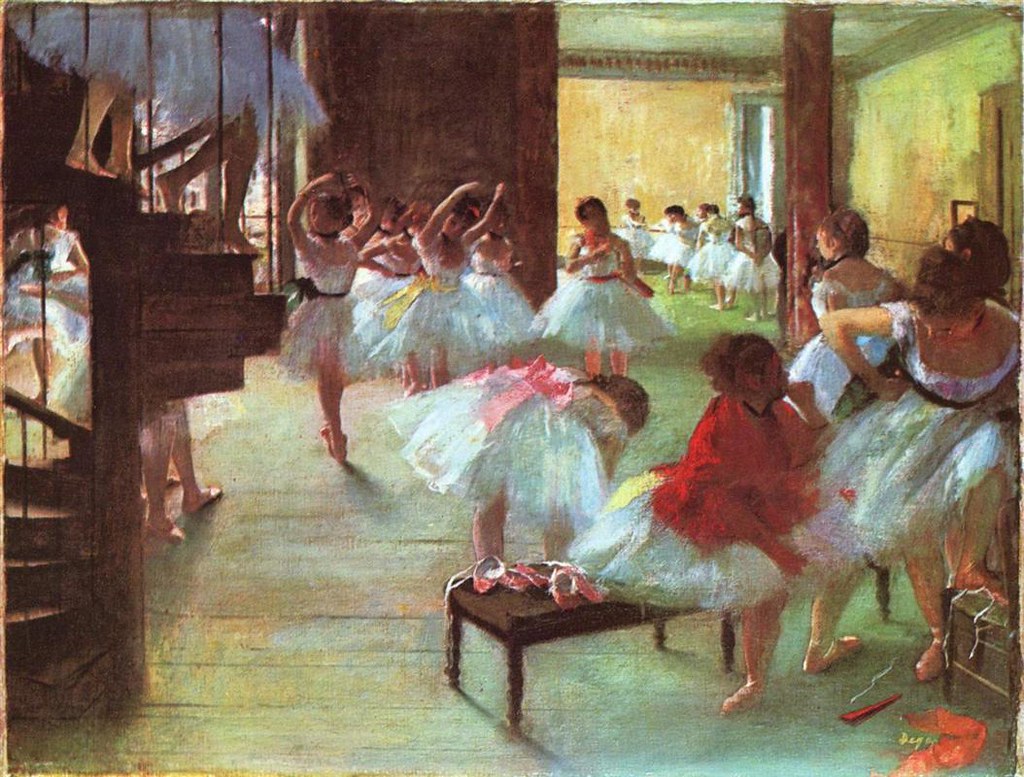
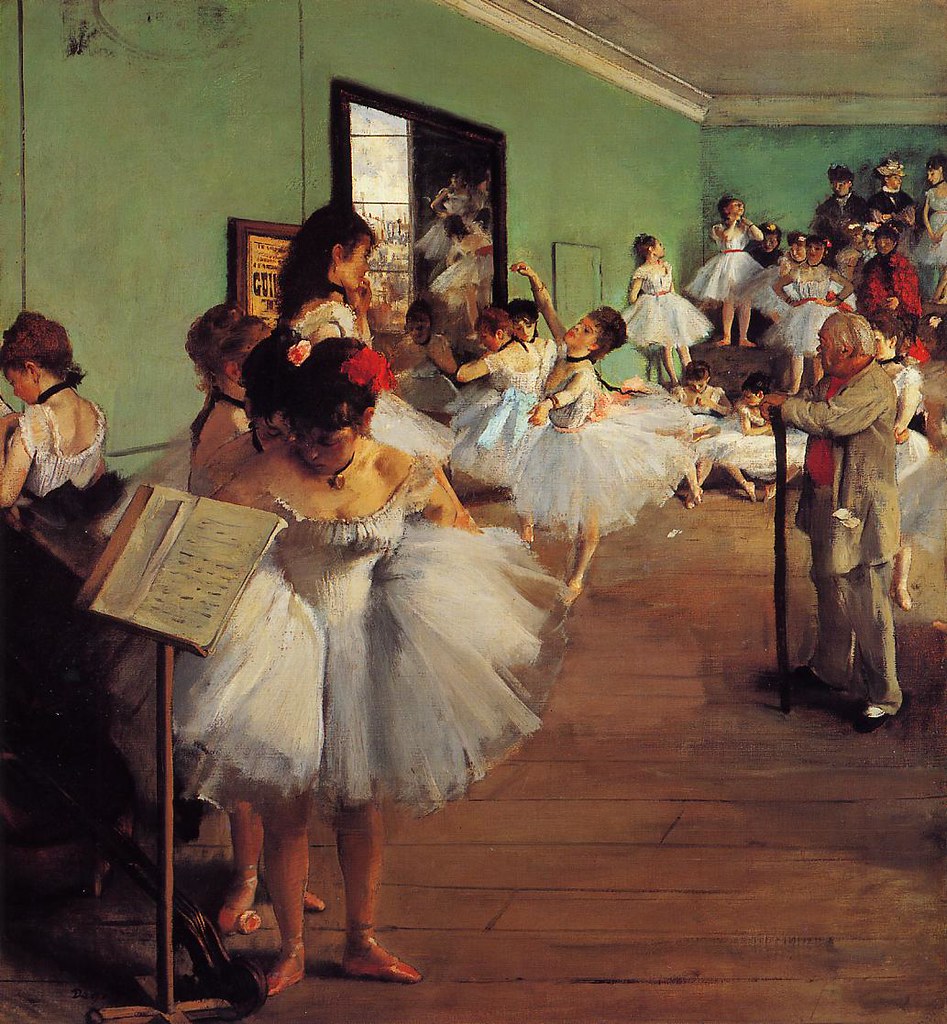


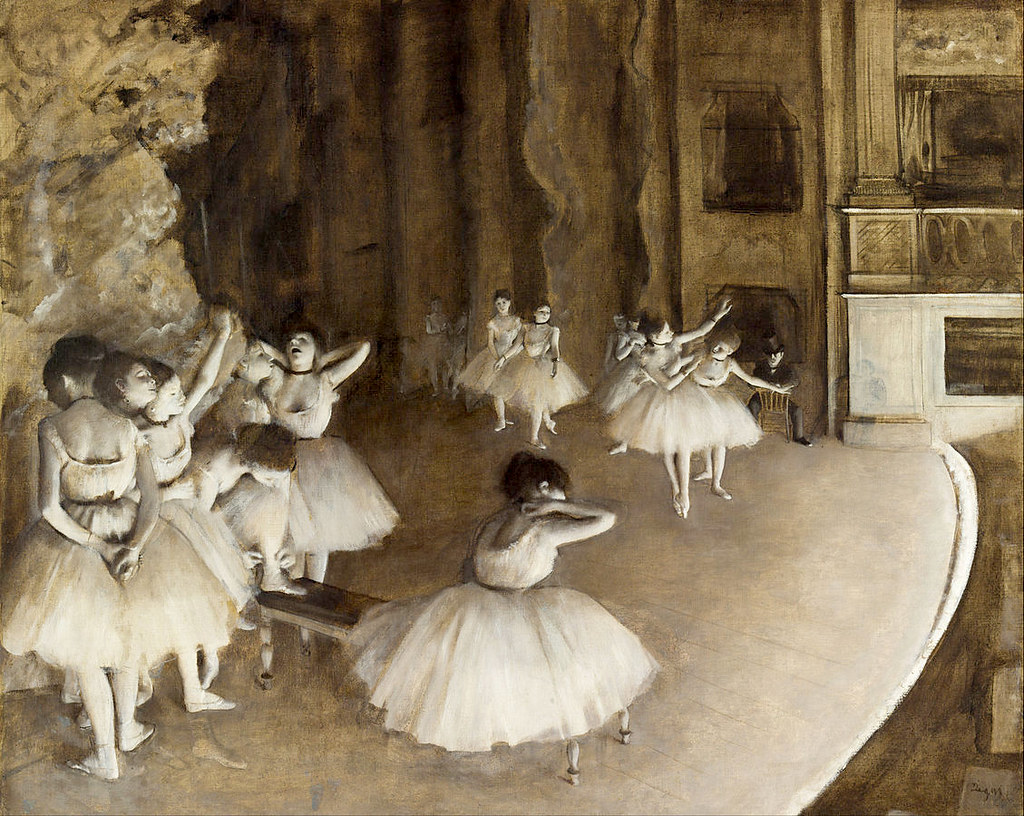






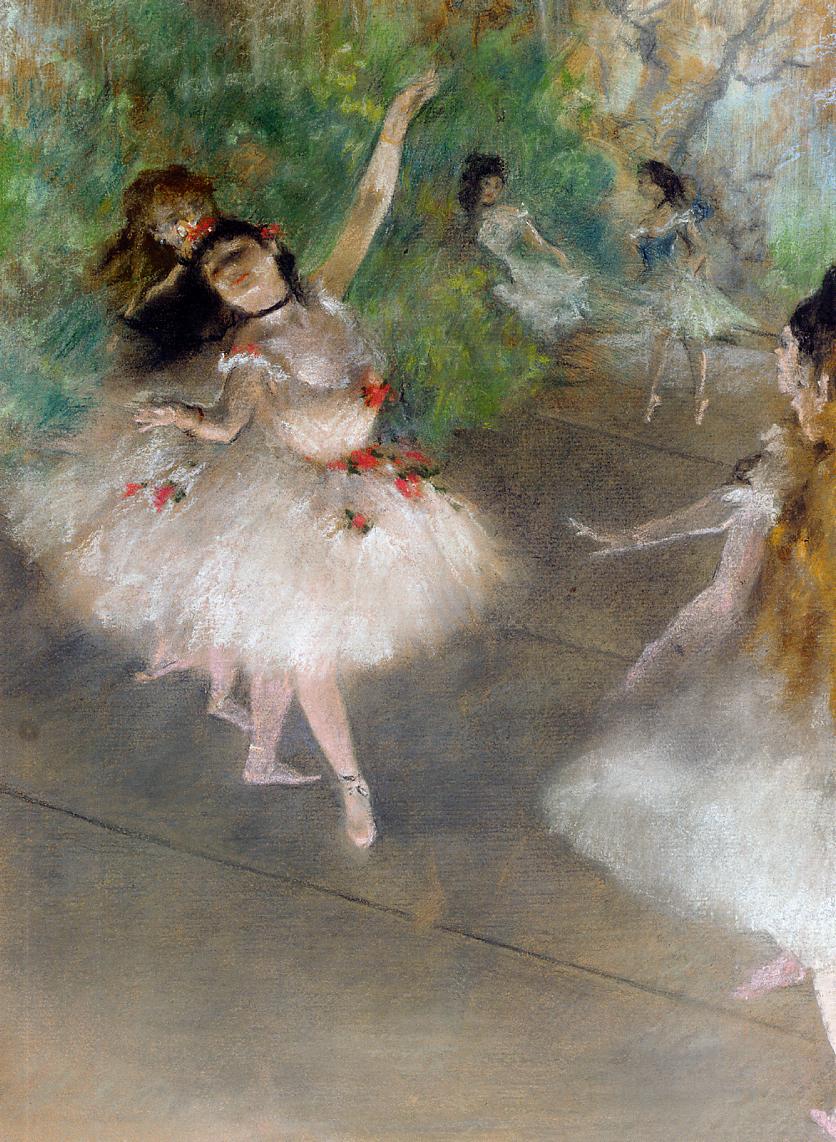




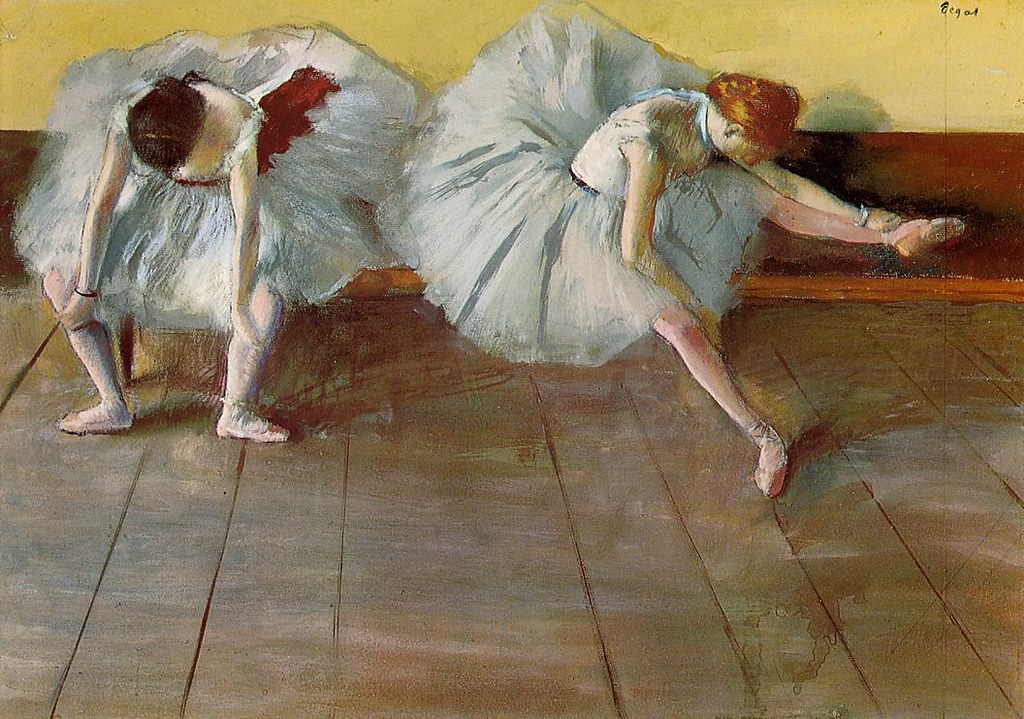



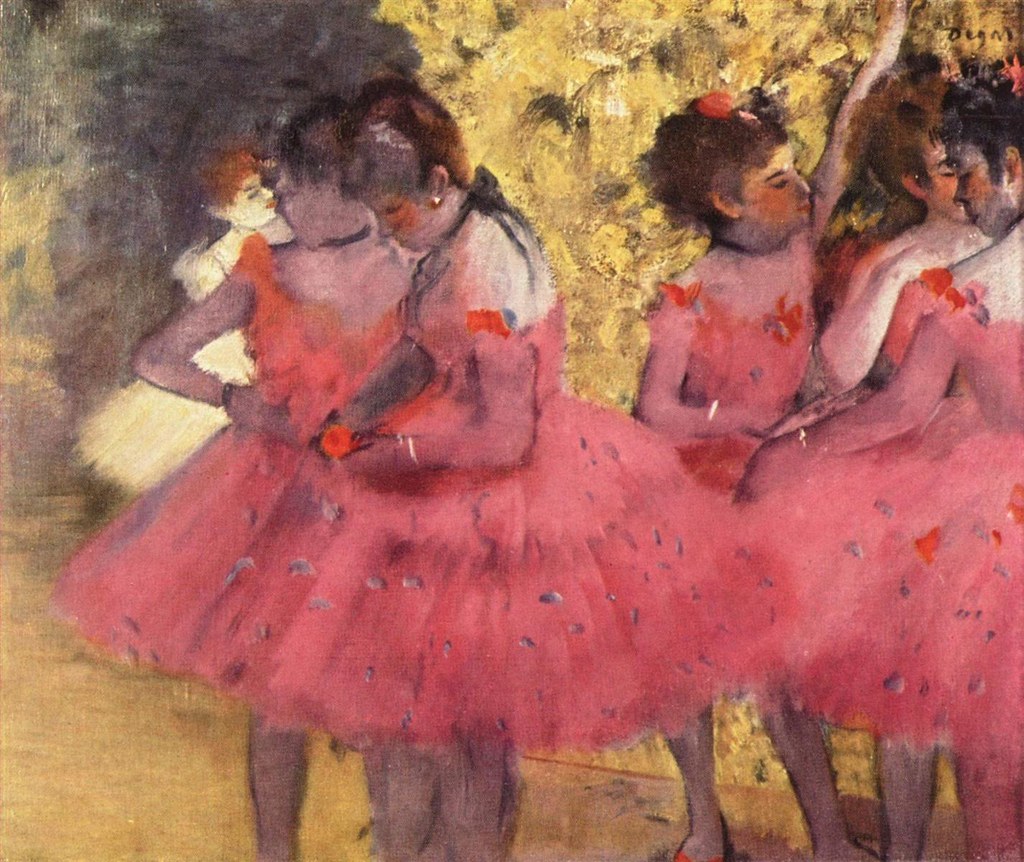

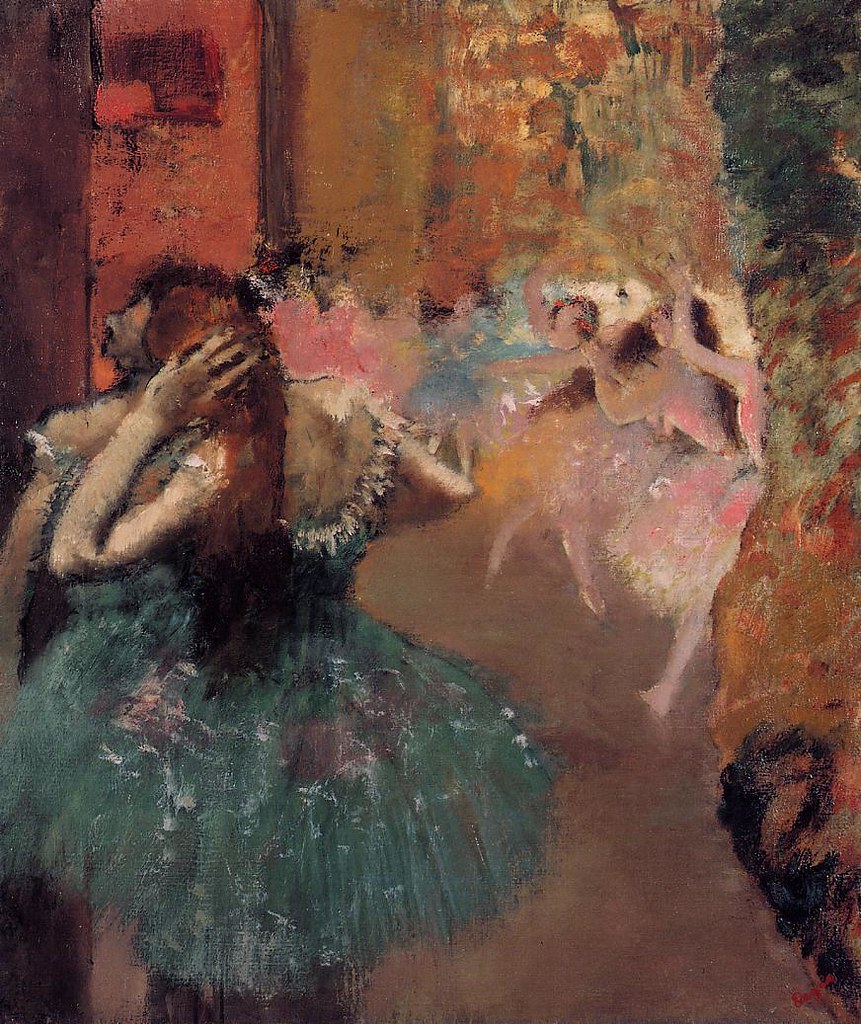


Sources and Further Reading
Degas and his Dancers—The Smithsonian.
Edgard Degas—Wikipedia.org
The images below connect you with Amazon and contain Affiliate links, which means we may earn a small commission from qualifying purchases. Thanks for supporting our work.





















